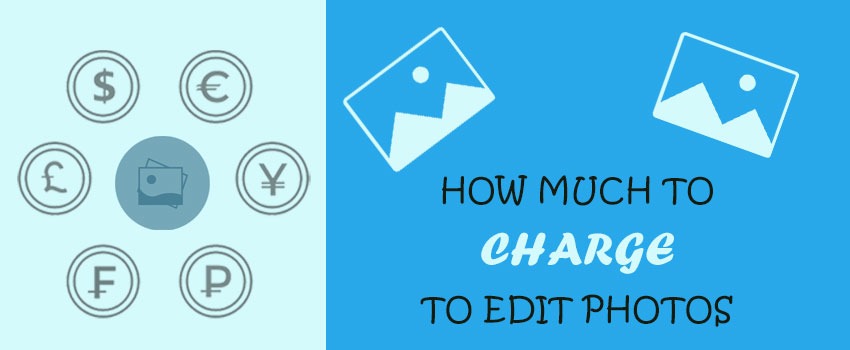As an artist, determining how much to charge for your digital art can be a challenging task. On the one hand, you want to ensure that you are getting the compensation you deserve for your creative efforts. On the other hand, you do not want to overprice your work and risk losing potential clients.
Setting the Right Price for Your Digital Art
1. Consider Your Experience and Expertise
When determining the right price for your digital art, consider your level of experience and expertise in your field. If you are just starting out as an artist, it may not be appropriate to charge the same rate as someone who has been in the industry for many years.
Instead, start with a reasonable rate that reflects your abilities and gradually increase your prices as you gain more experience and recognition in the industry.
2. Research Industry Rates
It is important to research industry rates when determining how much to charge for your digital art. Look at what other artists with similar experience and skill sets are charging for their work and use that as a starting point. You can also use online resources such as forums and social media groups to get an idea of what other artists are charging for their work.
3. Set a Base Rate
Once you have researched industry rates, set a base rate for your digital art. This base rate should be the minimum amount you are willing to charge for your work. Consider the time and effort that goes into creating each piece and ensure that your base rate reflects that.

4. Factor in Additional Costs
When setting your prices, make sure to factor in any additional costs such as materials, software or equipment needed to create your digital art. These costs should be included in your overall pricing structure to ensure that you are covering all expenses associated with creating each piece.

5. Evaluate Your Target Market
Another important factor to consider when determining your digital art prices is your target market. Are you targeting a specific audience or demographic? If so, make sure that your prices are within their budget and reflect the value they place on digital art.

Tips and Ideas for Pricing Your Digital Art
Here are a few additional tips and ideas to help you price your digital art effectively:
1. Create a Pricing Structure
Consider offering different pricing structures for your digital art based on factors such as size, complexity or intended use. This can help make your work more accessible to potential clients and provide a clear pricing structure for them to follow.
2. Offer Discounts for Bulk Orders
If you are receiving bulk orders or repeat clients, consider offering a discount to encourage them to continue working with you. This can help to build a loyal customer base and ensure that your work is in demand.
3. Be Open to Negotiation
When it comes to pricing your digital art, be open to negotiation with potential clients. They may have a specific budget that they need to stick to and it may be possible to work out a compromise that benefits both parties.
4. Track Your Expenses and Profit Margins
Make sure to keep track of your expenses and profit margins for each piece of digital art that you create. This can help you to identify areas where you can cut costs and increase your overall profit margins.
How to Price Your Digital Art
In the end, pricing your digital art comes down to finding the right balance between your creative efforts and the value that clients place on your work. By researching industry rates, setting a base rate and factoring in additional costs, you can create a pricing structure that is fair, transparent and reflective of your skill as an artist.
Remember to be flexible, open to negotiation and always track your expenses and profit margins to ensure that you are charging a fair price for your digital art.